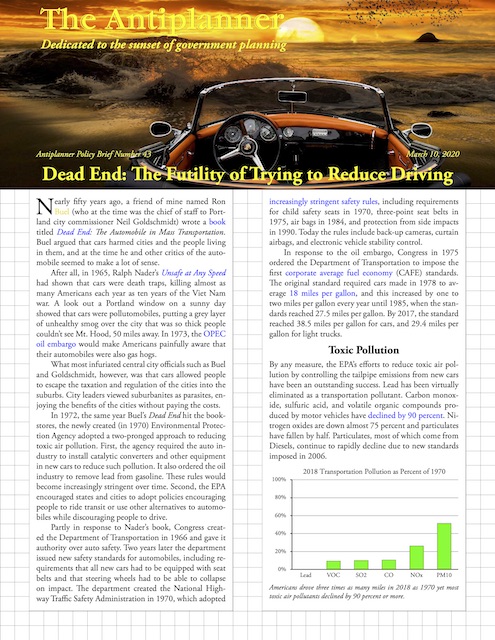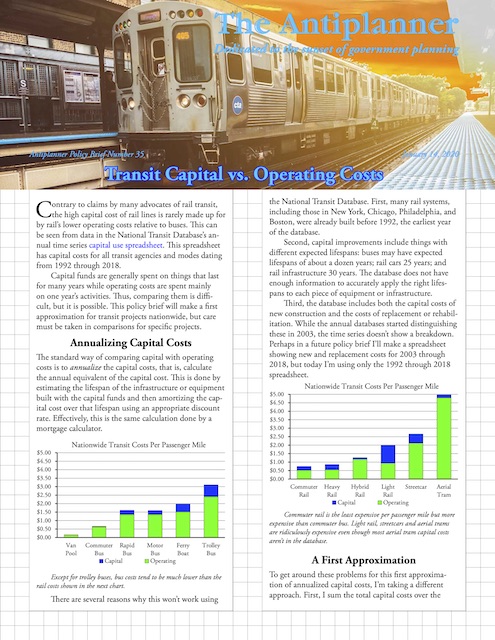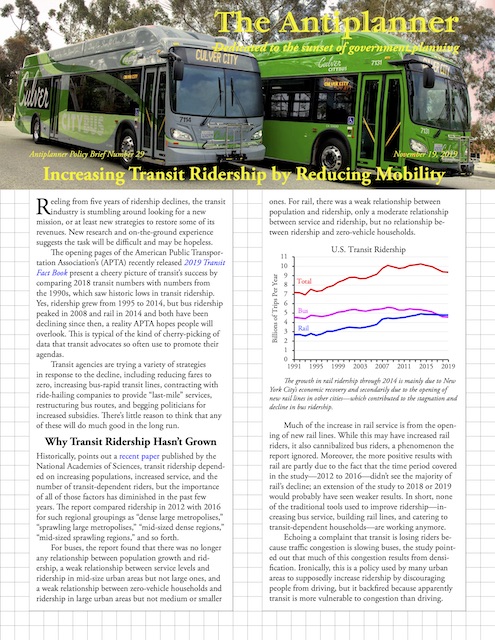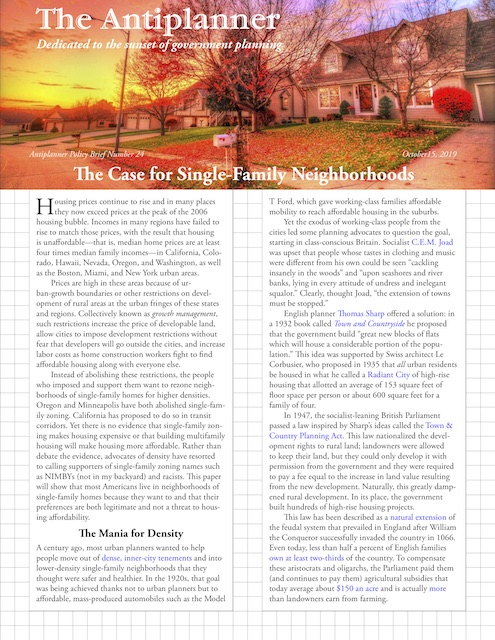Between the end of fall semester at Yale and the beginning of spring semester at UC Berkeley, we had time to drive across the United States, spend a few days at our Oak Grove home that was still for sale, find housing in the Bay Area, take a trip to the Oregon Coast, and move the things we needed from Oregon to our temporary home in Walnut Creek. I had looked for housing in Berkeley and quickly decided that housing on the other side of the Berkeley Hills in Contra Costa County was more affordable. I lucked out in finding a serviceable home that was scheduled to be torn down and replaced with apartments, so the owners rented it for a reasonable price.
This meant that, for the first time since high school, I commuted by transit instead of by bicycle or foot. From the house in Walnut Creek, I walked a short distance to the BART station and took the train to Berkeley. With a change of trains, I could get off within two blocks of my office. If I took my bicycle, which was allowed during non-rush-hours, I could avoid the change of trains and cycle about two miles to the office.
On the walk to the BART station I passed through a neighborhood of pre-war homes that realtors would describe as cute or cozy. Most were about 1,000 to 1,600 square feet on small, irregularly shaped lots. A few for-sale signs indicated asking prices of around $400,000, which seemed astounding for someone used to Oregon’s prices. However, I learned, that was only the starting price, as the homes sold rapidly after bidding wars that could easily add $100,000 to the price. This was the result of the urban-growth boundaries in Contra Costa and all other Bay Area counties (except San Francisco, which was entirely urbanized). Continue reading →











